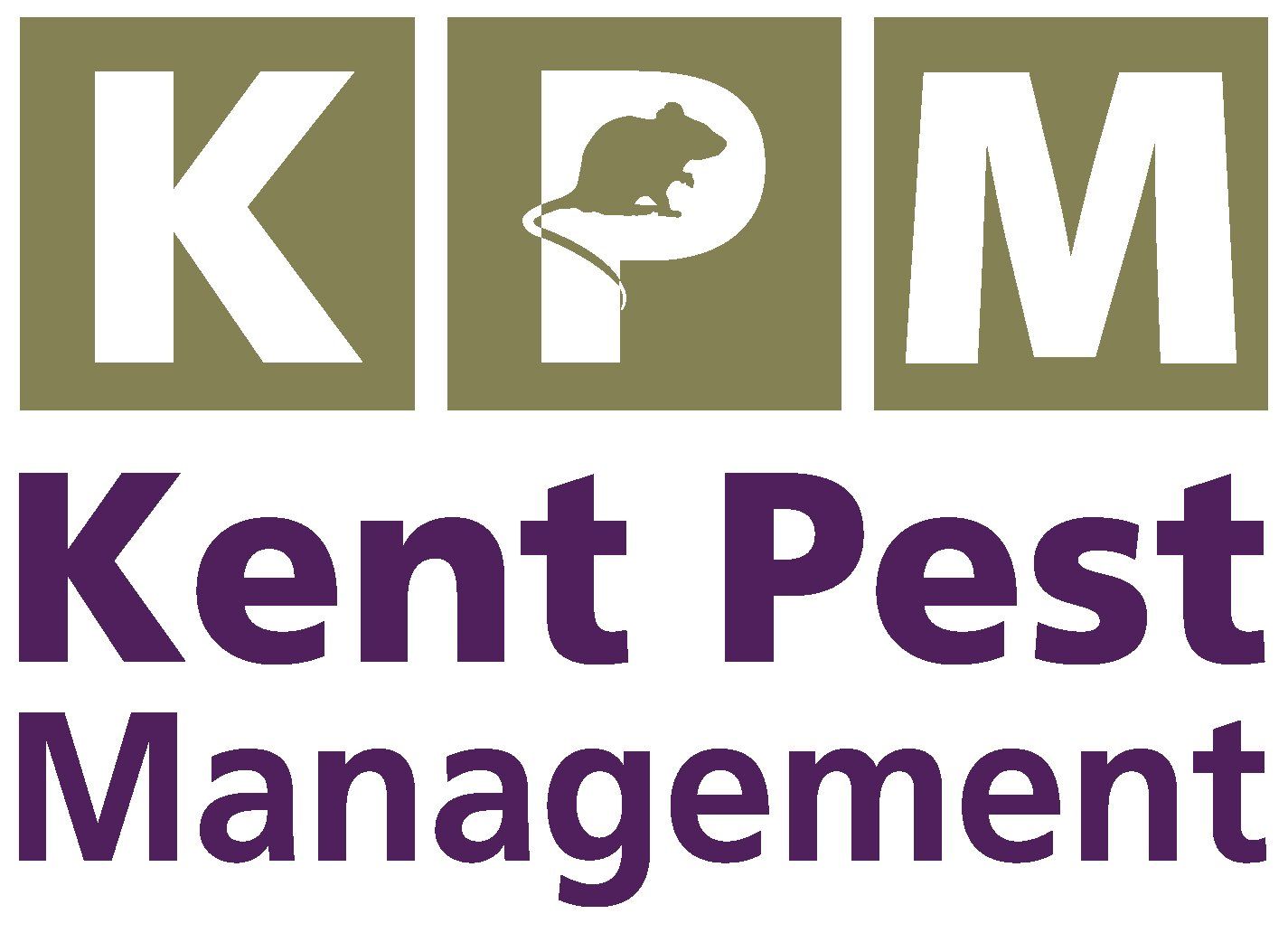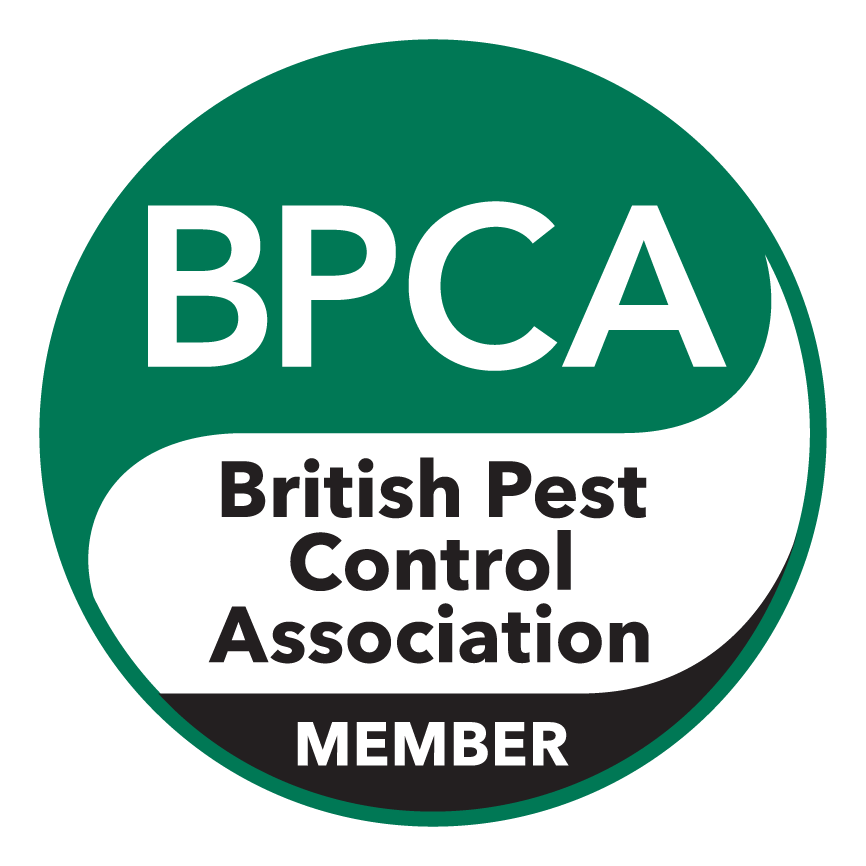Flying Insects
Do you have problems with flying insects?
There are many different types of flying insects in the UK.
Some are harmless and are good for the environment, others can spread diseases and need to be controlled.
If you have a problem with flying insects give us a call and we will happy to help.
Get a free quote
Contact Us
We will get back to you as soon as possible.
Please try again later.
Types of Flying Insects
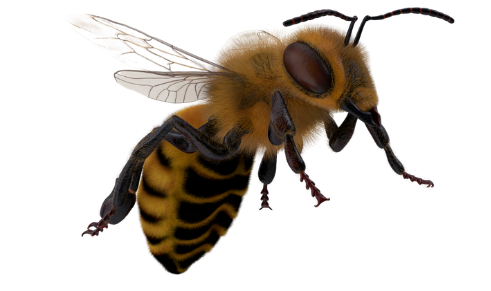
Bees
There are more than 250 different types of bees in the UK and they are all important to the Eco system. If you think you have a bees nest and they could be a problem, the first port of call should be a bee keeper. The bee keeper will try to remove and relocate the nest. If this can't be done and the bees could propose a health risk, a destruction order will be given. Please click on the link and find a bee keeper near you.
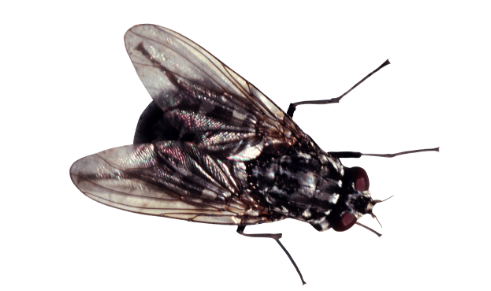
Flies
There are thousands of different fly species in the UK and depending on the type of flies you have the treatment will change. A survey would be needed to identify the flies and the source before treatment could start.
Why control them?
Flies can carry and spreed diseases due to the nature of there breading and diet. It is especially important that they are controlled in food areas.
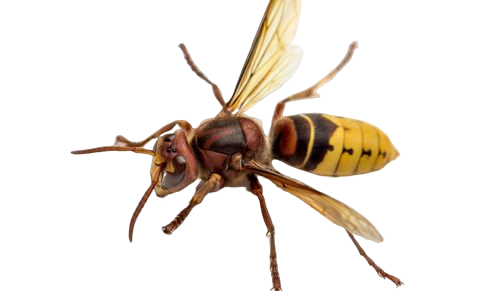
Hornet
The European hornet (Vespa crabro) is the native hornet in the UK (as seen in the picture above).
- Queen up to 35mm long, worker up to 30mm long
- Yellow abdomen marked with brown on the upper part, not banded
- Head yellow from above, yellow from front
There is an increase in sightings of the Asian hornet ( Vespa velutina ).
- Queen up to 30mm long, worker up to 25mm long
- Dark brown / black abdomen with a yellow / orange band on 4th segment
- Head dark from above, orange from front
If Asian hornet is seen it should be reported ASAP.
Why control them?
It arrived in France in 2004 where it spread rapidly. As a highly effective predator of insects, including honey bees and other beneficial species, it can cause significant losses to bee colonies, and potentially other native species .
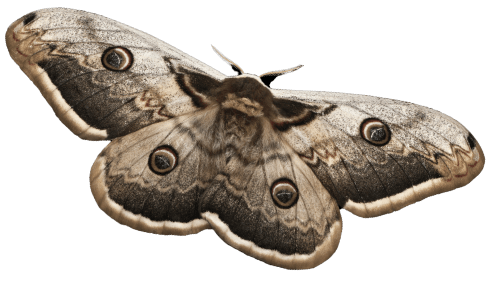
Moths
here is 2,500 species of moth in the UK with the most common pest being the Clothes moth (Tineola bisselliella) as seen above.
- 6-7 mm body length
- 9-16 mm wingspan
- yellow-brown or ochreous colouring and red-orange tuft of hair on the head.
Why control them?
Can destroy fabric and other materials. They feed exclusively on animal fibers, especially wool, fur, silk, feathers, felt, and leather.
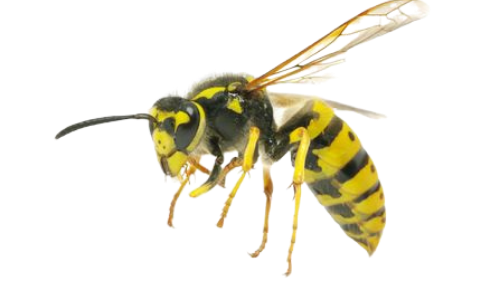
Wasps
here are 7 different species of wasps in the UK with the common wasp ( Vespula vulgaris ) as seen above being the most common.
- 12–17 mm (0.47–0.67 in) from head to abdomen
- colours of black and yellow
- They can start building a nest from April and each nest can have up to 8,000 larvae between April and October.
Wasps wont normally become a real problem until the end of the season when the queen leaves the nest and worker wasps have nothing left to do. This is the point most people get stung.
Why control them?
They can send you into anaphylaxis - a severe, potentially life-threatening allergic reaction. Children, elderly people, those with allergies, and household pets are particularly sensitive to wasp stings.
Location
Room 3, First Floor, 54 Holly Bush Ln, Sevenoaks TN13 3TL
Email
info@kentpestmanagement.co.uk
Call
01732 905576
All Rights Reserved | Kent Pest Management | Privacy Policy | Website Design and Managed by Eazi-Sites
